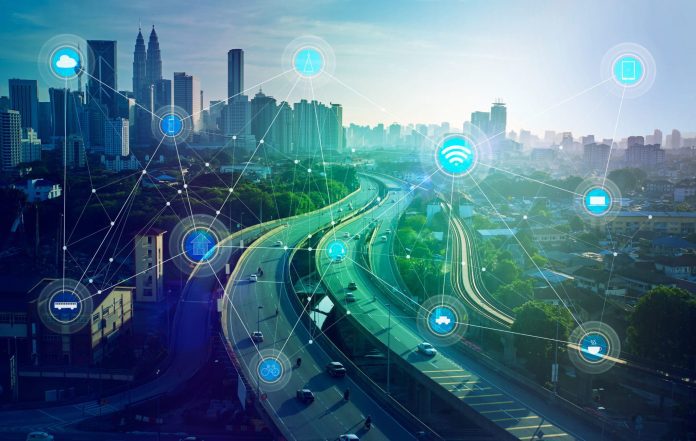The Covid-19 pandemic is having a huge global impact, clearly. Enterprise IoT Insights talked with technology vendors and market analysts to analyze the impact of the pandemic on smart cities and to understand what new challenges, opportunities and use cases will arise in a post-pandemic scenario.
Georges Karam, CEO, Sequans
“With the COVID-19 pandemic, people realized how important is digital connectivity. We, as a society should learn how to be ready for a crisis and the best way to be ready for the crisis is really to leverage all this innovation in the digital industry in general. So it’s important to highlight that governments are putting a lot of energy supporting now all this digital stuff, whether it’s 5G or the other technologies like AI or cybersecurity.”
Itai Dadon, global head of smart cities, Itron
“Safety and security will be front and center for communities around the world; Smart city technology will increasingly be relied on to help identify public safety threats, including riots, natural disasters, gas leaks, and COVID hotspots, allowing city leaders to take action before these events become hazardous to their communities. As priorities continue to change and increase, agility is a critical capability for cities in order to adapt quickly. This requires an infrastructure that permits cities to understand needs very quickly. IoT technology and smart cities can help municipalities understand what’s going on in real time across the city’s territory and assets. We believe that the pandemic has definitely caused a strain on many cities’ budgets, and that means that we, as vendors of technology and solutions need to adapt, being more creative with the business models we propose – enabling new financing tools.”
Steve Mazur, director of government, Digi International
“COVID definitely slowed the progress of smart cities and impacted many of the projects, particularly those focused on transportation and traffic, as more people were avoiding public transport and public places or choosing to travel in their own vehicles. But in some cities, like New York and Chicago, where multimodal transportation networks play a vital role, COVID actually prompted new smart city initiatives. As far as public health, many cities across the globe are using technology to monitor air and water quality.”
Greg Corlis, managing director for emerging technologies, KPMG
“I struggle with how the pandemic will benefit the adoption of new smart city technologies. Cities have seen a decline in the use of their infrastructure as a result of the pandemic and in some cases people have been fleeing cities for the suburbs as the work from home culture takes off. One way to potentially look at is, many cities will need to look at upgrading their infrastructure with smart embedded technologies to attract corporations to open offices in their city.”
Suparno Banerjee, head of government and cities, Nokia
“No doubt that the pandemic slowed smart city progress but it also shone a light on the digital divide. It also highlighted that digital transformation can make cities more resilient. We’ve seen from the pandemic that it has encouraged citizens to become more digitally-engaged when it comes to public health information services – through apps and alerts. We will potentially see some degree of city transformation should home working significantly increase post-pandemic. Overall, the pandemic has accelerated the case for pervasive digital transformation to help cities become more resilient.
Brendan O’Reilly, chief technology officer, BAI Communications
“COVID-19 has heightened the need to invest in connectivity infrastructure and solutions that alleviate concerns around public health and safety. An importance example is demand for safe and secure transport, and connected applications already exist to make systems safer by providing real-time warnings about crowding, access problems, or delays to help people make better informed public travel decisions.”
Enterprise IoT Insights recently published an editorial report in which smart city managers, technology vendors and analyst discuss the progress already made in the smart city field, the main technologies being used in smart city projects and the key challenges that are currently impacting these initiatives. You can access the report here.

